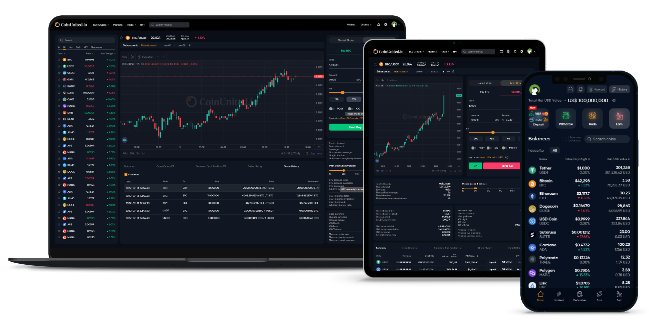D.C., November 29 – With families less eager to spend on expensive things over the next six months due to high inflation and rising borrowing prices, the likelihood of a recession in 2019 increased as U.S. consumer sentiment fell to a four-month low in November.
However, the Conference Board survey released on Tuesday also revealed that consumers were still optimistic about the labor situation, which may have a moderating effect on the projected economic slump. Despite the Federal Reserve’s sharp interest rate rises, the labor market has remained strong, supporting consumer spending and the entire economy.
According to Jeffrey Roach, chief economist of LPL Financial in Charlotte, North Carolina, “the decreasing trend in confidence foreshadows a recession that will likely materialize in the following year.” However, given the strong labor market and the indication that layoffs may not be as catastrophic as anticipated, any prospective recession might be brief and modest.
The Conference Board’s consumer confidence index decreased from 102.2 in October to 100.2, the lowest value since July. The indicator is still higher above its COVID-19 pandemic lows. It gives the labor market, which is still tight, additional importance.
Prior to October, inflation was characterized by yearly consumer price increases at rates not seen since the early 1980s, with lower-income consumers bearing the brunt of this trend.
Significant drops in confidence were observed in Pennsylvania, Ohio, and Michigan, which were somewhat offset by gains in Texas, New York, Florida, and Illinois.
Inflation predictions among consumers for the next 12 months rose to a four-month high of 7.2% from 6.9% in October, which the study attributed to rising petrol and food prices.
The Fed has increased its policy rate by 375 basis points this year, making it the quickest rate-hiking cycle since the 1980s. It now ranges between 3.75% and 4.00%.
DIFFICULT LABOR MARKET
The survey’s so-called labor market disparity, which is based on information about respondents’ perceptions of how easy it is or is not to get a job, increased from 31.8 in October to 32.8.
Despite down from 44.7 in November of last year, it is still extremely high by historical standards. Despite a spike in employment losses in the technology sector, as well as in the interest rate-sensitive financial and housing industries, this month’s growth nonetheless occurred.
According to this household survey, Conrad DeQuadros, senior economic advisor at Brean Capital in New York, “The Fed’s strategy of trying to reduce the availability of job openings relative to the supply of labor to put downward pressure on inflation does not appear to have made any progress in November.”
According to a Reuters survey, data on Wednesday is anticipated to reveal that the number of job postings remained high in October.
Less customers expressed interest in making major purchases over the next six months as inflation continued to be their top concern, according to the study. The overall decline in purchasing intentions signals a slowdown in consumer demand for goods and supports predictions that recent signs of goods disinflation may persist.
That is consistent with theories that predict a dramatic slowdown in economic growth or a slight recession in the first half of 2023.
On Wednesday, the government is anticipated to confirm that the third quarter saw a significant recovery from the year’s first half GDP contraction.
The study found that fewer customers also intended to buy a home in the following six months. The affordability of many potential purchasers has been severely impacted by rising mortgage rates and expensive prices. Despite falling from the record highs set during the property market bubble brought on by the COVID-19 epidemic, home prices are still quite high.
The S&P CoreLogic Case-Shiller national home price index increased 10.6% year over year in September, according to a different report released on Tuesday.
Prices decreased on a monthly basis for a third consecutive month. However, a limited supply will probably maintain a floor under housing prices.
According to Nicole Bachaud, senior economist at Zillow in Seattle, “would-be sellers are sticking to their ground and holding tight to the inventory they currently own while buyers are stepping aside waiting for more affordable prices and rates, slowing down price growth.”
As a result, Bachaud said, “prices might not continue to decline as sharply as some projections anticipate, given the limited inventory of homes on the market.”
A third report from the Federal Housing Finance Agency revealed that after rising 12.0% in August, house prices rose 11.0% in the 12 months through September, the smallest increase since October 2020.





.a80ca33.svg)















.svg)






